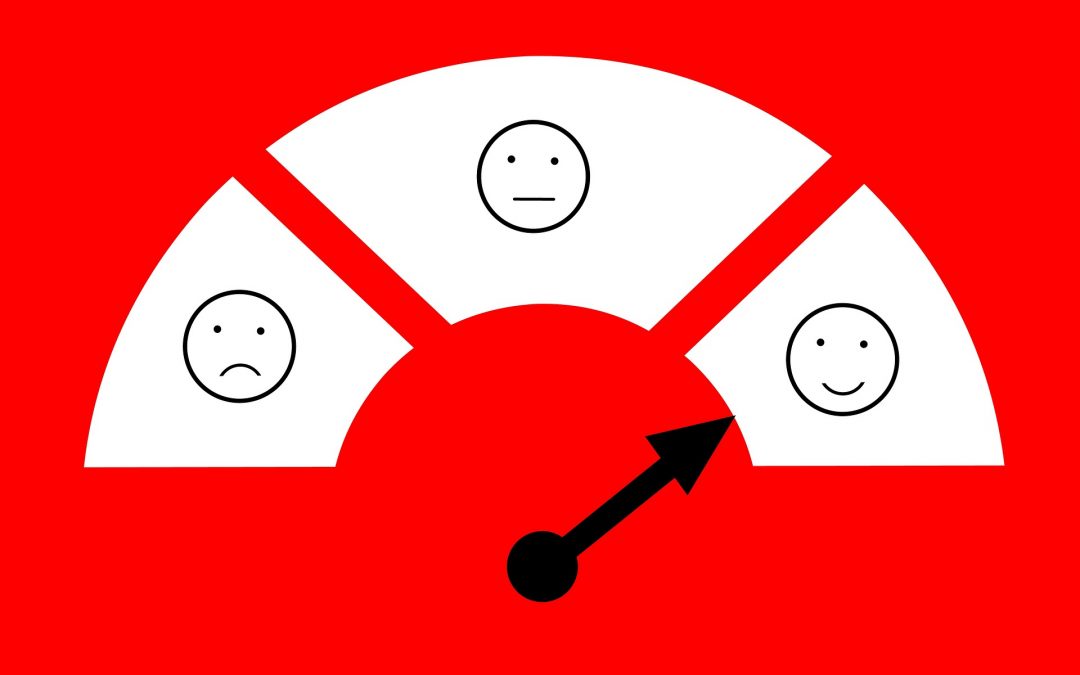
Are You Creating Happiness?
We’re going to cover three of the 20 points of Roy H. Williams Advertising Oversimplified:
-
Regardless of how you win them, it is costly to win a first-time customer. Getting that customer to come back a second, third, or fiftieth time is cheap and easy if they had a good experience the first time.
-
Advertising is a tax we pay for not being remarkable. So be remarkable! This is what generates word-of-mouth. You’ve got to impress your customer. If you don’t, your competitor will.
-
Companies that celebrate their victories have happy employees. So find things to celebrate. Happy employees create happy customers.
Did you notice the common theme of Happiness in those three tips?
Advertising is the paid form of connecting and inviting people to spend money with you. It’s what you do with that connection that determines the value you get from that advertising.
It used to be that in order to be noticed, you had to be remarkable. Standards have been lowered because overall service in many fields has declined. If you go thru the drive thru and they give you the correct food and charge the right amount in a reasonable amount of time, that can now be considered a win because of the number of places that can’t do those three things at once.
Keeping your customers is also a win. Do you know the Lifetime Value of A Customer in your business?
It can be eye-opening and I can help you figure this out. It is well worth the exercise.
It all boils down to having the right front-line employees. No amount of marketing and advertising can fix a bad business and a bad business is often a people issue starting with the inside operations.
If you allow me to help you with this, I’ll be glad to. Contact me: Scott@WOWO.com




